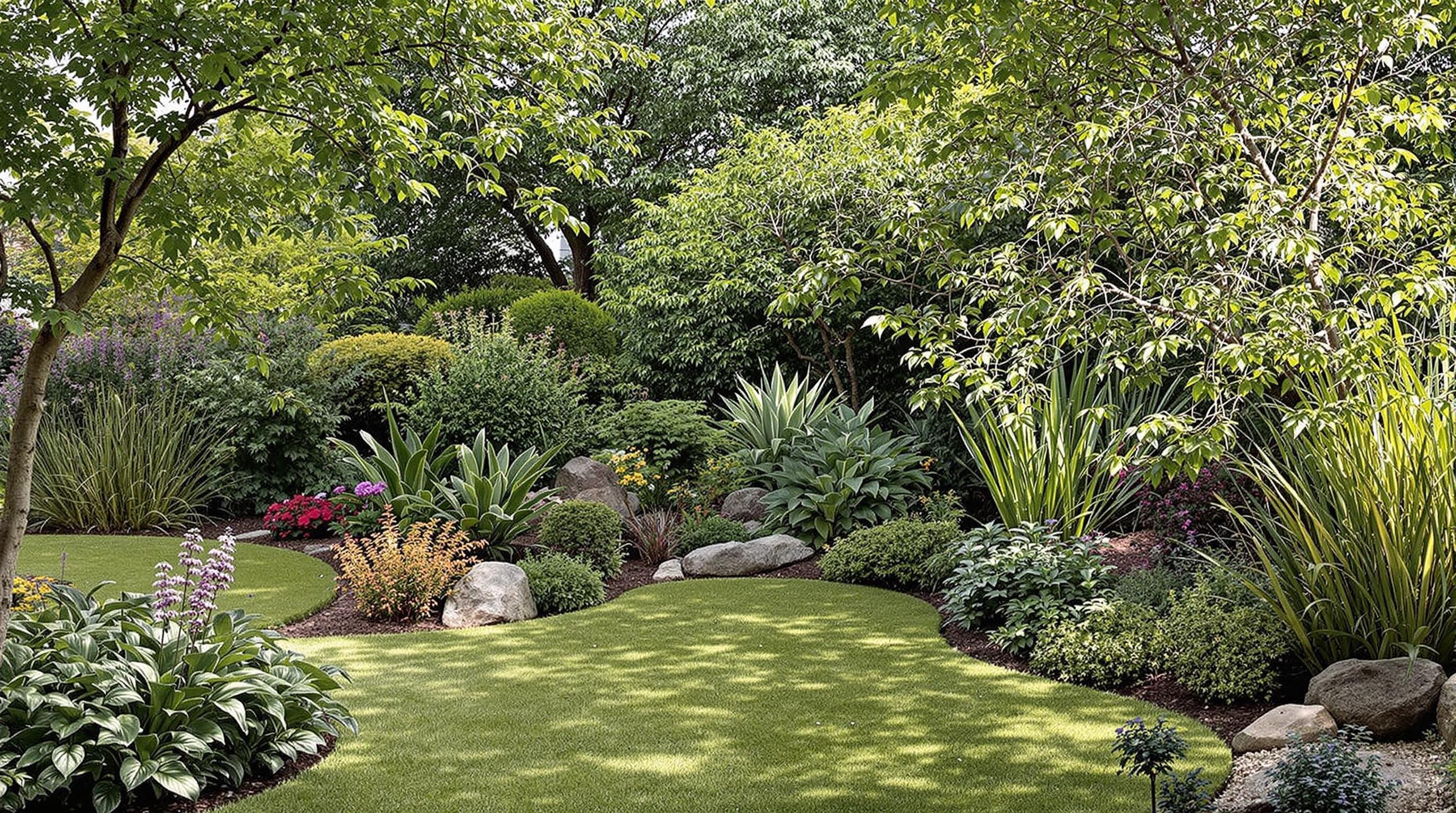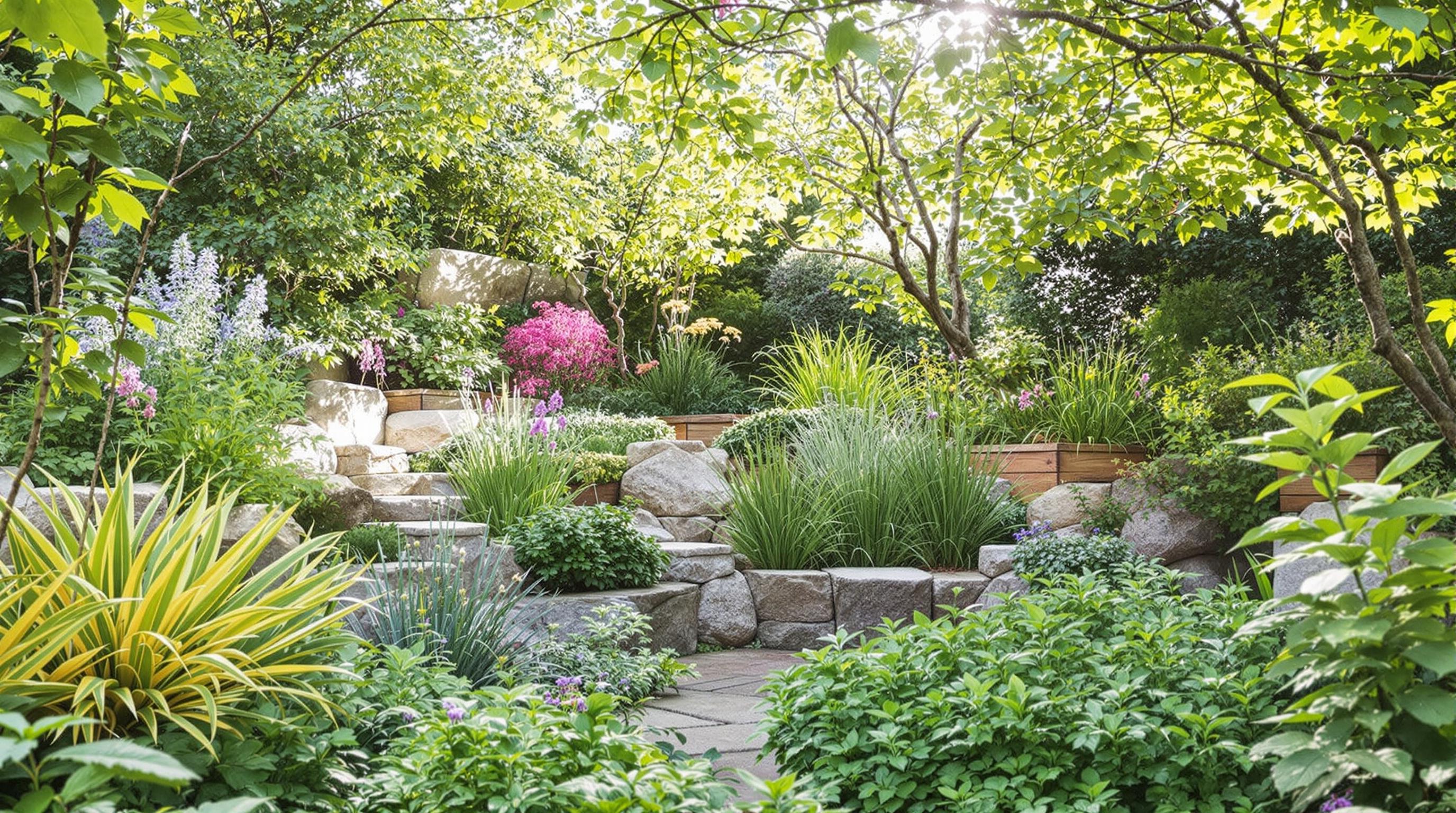Related Articles
- The Hidden Influence of Ergonomics: How Tool Design Shapes Our Physical Spaces and Daily Lives
- The Silent Influence: How Hidden Home Implements Shape Our Daily Routines and Spaces
- The Counterintuitive Role of Chaos: How Messy Tool Storage Can Lead to Unexpected Home Innovations
- Exploring the Unseen: How Audio Experiences Shape the Art of Domestic Spaces and Color Perception
- Rethinking the Mundane: How Everyday Objects are Becoming the Canvas for Modern Artistic Expression in Home Spaces
- Cultivating Chaos: The Surprising Benefits of Embracing Weeds in Your Garden Ecosystem
7 Unexpected Ways to Incorporate Light and Shadow into Your Garden Design for Enchanting Outdoor Spaces
7 Unexpected Ways to Incorporate Light and Shadow into Your Garden Design for Enchanting Outdoor Spaces
7 Unexpected Ways to Incorporate Light and Shadow into Your Garden Design for Enchanting Outdoor Spaces
1. Embrace Reflective Surfaces
In gardening, the use of reflective surfaces can dramatically alter the way light interacts with your space. Consider incorporating mirrors or metallic features, as they can bounce sunlight around the garden, enhancing the brightness and creating captivating visual effects.
Water features, such as ponds or fountains, also act as natural mirrors. The shimmering surface of water not only reflects the surrounding flora but can also play with the light as it ripples, creating a dynamic atmosphere that changes throughout the day.
Moreover, reflective surfaces serve a dual purpose by drawing attention to specific areas of your garden while simultaneously creating the illusion of greater space, making even the most compact gardens feel expansive and open.
2. Utilize Canopies and Arbors
Canopies and arbors are beautiful structural elements that can create unique shadow patterns in your garden. Selectively placing plants and climbing vines can help filter sunlight, offering shaded spots that provide respite from the heat while also creating dramatic light-and-shadow play.
As vines segment the light passing through, they create dappled patterns on the ground, enhancing the garden's aesthetic appeal. This can be particularly enchanting during golden hour when the light is softer, resulting in a magical atmosphere.
In addition to visual appeal, these shaded areas can also foster an inviting space for relaxing and gathering, transforming your garden into a serene retreat.
3. Selectively Prune Trees for Shadow Play
Strategically pruning trees can significantly influence how light enters your garden. By altering the canopy, you can create pockets of light and shade that invite a variety of plants to thrive under different conditions.
Consider how the shadows cast from the trees can create a sense of depth in your garden design. Specialty plants that require specific light conditions can be introduced into these shaded pockets, diversifying the flora and enhancing the overall visual interest.
A well-maintained tree canopy not only contributes to varied light and shadow but also protects delicate plants from harsh sunlight, creating a more balanced ecosystem.
4. Play with Seasonal Changes
Incorporating plants that change with the seasons can affect how light and shadow influence your garden throughout the year. Deciduous trees lose their leaves in the fall, allowing more sunlight to reach the ground below, while evergreen plants provide structure and shade in the winter months.
By selecting a diverse range of plants that offer seasonal variations, you can create an ever-evolving landscape that provides new textures and colors as light and shadows shift.
This approach keeps your garden dynamic and engaging, ensuring that each visit offers a unique experience and showcasing the beauty of natural rhythms.
5. Colorful Lighting Accents
Introducing colorful outdoor lighting can dramatically enhance the atmosphere of your garden after sunset. By strategically placing these fixtures, you can create pools of light that offset the shadows, utilizing contrast to crate interest.
Consider using LED lights in various colors to create playful or moody nighttime effects. Colored lights can accentuate particular plants or architectural features while also ensuring a safe path through your garden.
The interplay between artificial light and shadows creates an enchanting environment that feels magical, making your garden a delightful retreat even after the sun goes down.
6. Container Gardens as Shadow Holders
Container gardens present a unique opportunity to manipulate light and shadow in your outdoor spaces. By using various heights and styles of plant containers, you can create vertical layering that will naturally create shadows.
This arrangement allows for the play of light that differs throughout the day, transforming ordinary static plants into dynamic art pieces that interact with the sun.
Consider using translucent or textured pots that allow some light to diffuse through. This layering effect can emphasize the beauty of each container, while also contributing to the overall shadow designs in your garden.
7. Incorporate Natural Materials
The choice of materials can significantly influence how light behaves in your garden. Natural stones, wood, and other organic materials not only offer visual interest but also create texture, impacting how shadows are cast.
For instance, using rough-hewn stone pathways will create varying shadow depths as the sun moves overhead, giving the garden a rustic yet elegant appearance. Wooden trellises or fences can also produce exquisite patterns of light and shadow, especially if they are built with interesting shapes.
When thoughtfully incorporated, natural materials can connect your garden to its surroundings while enhancing the light and shadow play integral to an enchanting outdoor experience.
Conclusion
Integrating light and shadow thoughtfully in your garden design can create a truly enchanting outdoor space. Through reflective surfaces, canopies, pruning, seasonal change, colorful accents, containers, and natural materials, the way sunlight interacts with your garden can be creatively enhanced.
These seven unexpected techniques will not only beautify your outdoor environment but will also position your garden as a unique oasis that changes with the time of day, offering new experiences and pleasures.
By thoughtfully embracing the interplay of light and shadow, you can transform your personal space into an enchanting retreat, inviting both relaxation and creativity.





